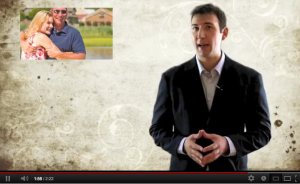It’s been said that trust is like air: we only notice it when it’s polluted.
But how do we measure trust? According to the research of Dr. Megan Moran, We trust:
When we believe another has our best interests at heart
when we believe another tells us the truth
when we believe another has nothing to hide
and when we can count on another to do what he or she SAYS they will do
But What about when Trust is Broken?
As everyone knows, repairing trust is difficult, and an attempt to do so doesn’t always succeed.
To restore trust, both parties have a role to play. For simplicity, let’s call the person who was wronged, “the victim” and the trust breaker “the violator”
To begin the process of restoring trust, the ball is actually in the victims court, as it’s the victim who needs to decide whether it’s worth his or her time and energy to restore the relationship.
If the victim decides it is, the violator then needs to engage in what are known as “the 4 A’s” of Absolution:
- Admit It: The violator must acknowledge that trust was broken.
- Apologize: The violator must express regret.
- Ask for Forgiveness:
- Make Amends:
With this, the victim could specify some acts of reparation designed to test the violator’s commitment to rebuilding the relationship (as a side, Reparation also creates an opportunity for the violator to work out any feelings of guilt he or she may have over the harm that was done).
So what do you think? Can trust ever be fully restored? Let us know YOUR thoughts in the comments.














